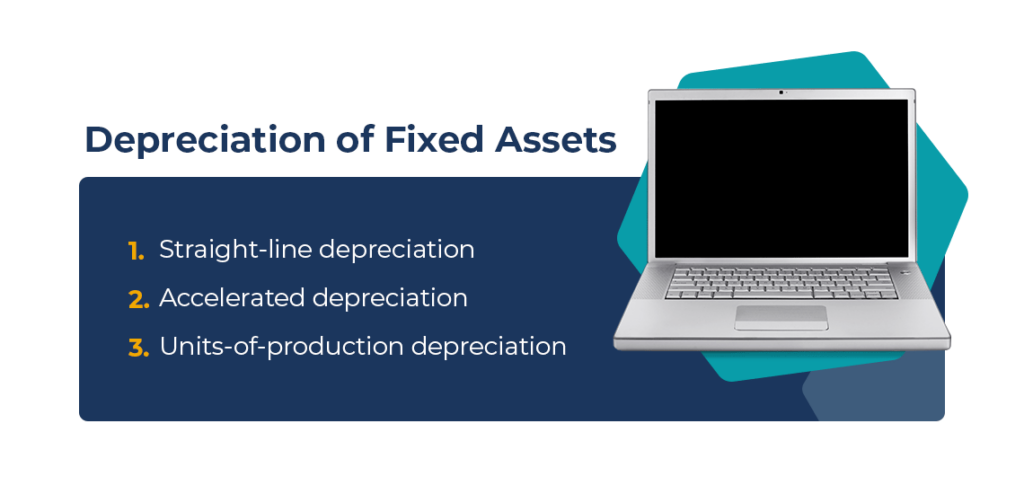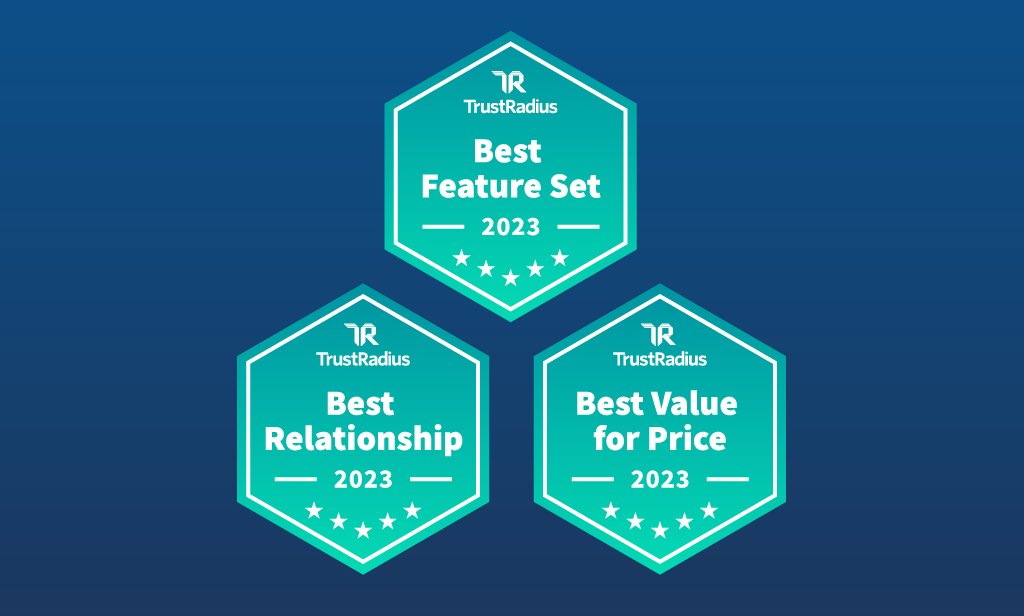Reading Time: 5 minutes
If you run a nonprofit, understanding your organization’s fixed assets is crucial to managing your revenue and making informed decisions. Fixed assets are an essential part of any organization, and they play a critical role in determining your long-term financial stability.
Below, we define fixed assets and cover best practices for fixed-asset accounting.
What Is a Fixed Asset?
A fixed asset is a tangible asset that an organization owns and uses to generate revenue. Fixed assets are also known as property, plant, and equipment, and they include items like:
- Land
- Buildings
- Machinery
- Equipment
- Vehicles
- Furniture
- Computer systems
Fixed assets are expected to provide long-term benefits to the organization and are not intended for resale. They are recorded on your nonprofit’s balance sheet as non-current assets. Further, they are depreciated over time to reflect their diminishing value due to wear or other factors.
Fixed assets are an important part of your organization’s financial statements, as they can represent a significant investment. Accurately tracking and accounting for fixed assets is essential for financial planning, budgeting, and tax purposes. Additionally, understanding the value and useful life of fixed assets can help your organization make informed decisions about investments in new equipment or facilities.
When an organization acquires a fixed asset, it is recorded on the balance sheet at its cost, including any costs incurred to make the asset operational. Over time, the value of the asset is gradually reduced through depreciation, reflecting the wear and tear or obsolescence of the asset.
Purchase of Fixed Assets
The purchase of fixed assets can involve a significant investment for an organization, and it requires careful planning and consideration. Before making a purchase, a nonprofit should assess its current and future needs and evaluate the costs and benefits of different options. This may involve conducting a cost-benefit analysis or consulting with experts in the field.
Once an organization has decided to purchase a fixed asset, it will need to determine the most appropriate method of financing the purchase. This may involve using cash reserves, obtaining a loan or lease, or using other financing options.
When a fixed asset is purchased, it is recorded on the organization’s balance sheet as a non-current asset at its cost. The cost of the asset includes the purchase price, as well as any costs associated with bringing the asset into use, such as installation or delivery fees.
Depreciation of Fixed Assets
Depreciation is the method by which an organization accounts for the decrease in the value of a fixed asset over time. Depreciation is calculated using a predetermined method and rate based on the type of asset and the organization’s accounting policies.

The choice of depreciation method depends on the nature of the asset and the nonprofit’s accounting policies. There are various methods of depreciation, including straight-line depreciation, accelerated depreciation, and units-of-production depreciation:
- Straight-line depreciation: In straight-line depreciation, the cost of the asset is evenly spread out across its useful life. For example, if a piece of equipment costs $10,000 and has a useful life of five years, the annual depreciation expense would be $2,000 — $10,000 divided by five years.
- Accelerated depreciation: In accelerated depreciation, the cost of the asset depreciates more quickly in the early years of its useful life and less quickly in the later years. This method is often used for assets that are expected to become obsolete quickly, such as computers or technology equipment.
- Units-of-production depreciation: Units-of-production depreciation is based on the number of units the asset produces or the number of hours it is used. This method is often used for assets that are used in manufacturing or other production processes.
Depreciation of fixed assets refers to the gradual, diminishing value of a tangible asset over time as a result of factors like wear and tear or obsolescence. Depreciation is recorded as an expense on your nonprofit’s income statement, reducing your organization’s taxable income and its net income. The accumulated depreciation for each fixed asset is recorded on your balance sheet, reducing the value of the asset over time.
Fixed Asset Accounting Best Practices
Here are some best practices for fixed asset accounting:
- Develop a fixed asset policy: Create a fixed asset policy that outlines your nonprofit’s fixed asset accounting practices, including the methods used for calculating depreciation, the capitalization threshold, and the frequency of asset audits.
- Maintain accurate records: Keep detailed records of each fixed asset, including its cost, date of purchase, useful life, and depreciation method. Also, make sure to update the records regularly to reflect any changes, such as repairs or upgrades.
- Conduct regular audits: Conduct regular audits of fixed assets to ensure all assets are accounted for and their values are accurate. The frequency of audits will depend on the size and complexity of the organization, but it is recommended to conduct audits at least once a year.
- Use a reliable fixed asset management system: Utilize a reliable fixed asset management system that can track and manage all fixed assets efficiently. The system should be able to calculate depreciation, provide reports, and integrate with your nonprofit organization’s accounting software.
- Capitalize fixed assets properly: Capitalize fixed assets that meet the organization’s capitalization threshold and are expected to provide future economic benefits. Avoid capitalizing assets that are considered repair or maintenance expenses.
- Review and update policies regularly: Review and update fixed asset accounting policies regularly to ensure they align with your nonprofit’s goals and objectives. Changes in your organization’s operations or accounting standards may require updates to fixed asset policies.
By implementing these best practices, your nonprofit can ensure that its fixed asset accounting is accurate, reliable, and compliant with accounting standards. Proper fixed asset accounting can help your organization make informed decisions about future investments, improve financial reporting, and maintain compliance with tax regulations.
Request a Demo of Fixed Asset Accounting Software
Fixed assets are a critical component of an organization’s financial statements, and understanding them is essential for making informed financial decisions. By properly accounting for fixed assets, your nonprofit can accurately reflect its true financial position, improve its financial planning, and ensure compliance with accounting regulations.
MIP Fund Accounting® is a specialized software designed to meet the unique accounting needs of nonprofit organizations and government agencies that receive grant funding. Your nonprofit organization can use our solution to track and manage fixed assets.
Here are some reasons why MIP Fund Accounting® is a top choice for fixed asset accounting:
- Integration: Our software can integrate with other software solutions, including fixed asset management software, to provide a comprehensive accounting system for your organization.
- Customization: Our solution allows for extensive customization, which means you can tailor the software to meet your specific fixed asset accounting needs.
- Reporting: Our system provides robust reporting capabilities, including reports on fixed asset acquisitions, depreciation, disposals, and more.
- Compliance: Our software solution is designed to help organizations comply with regulations and guidelines related to grant funding. This can be particularly important for organizations that receive government grants, which often have specific requirements for accounting and reporting.
- Support: Our solution is backed by experienced support staff who can help you with any issues you may encounter while using the software, including those related to fixed asset accounting.
Request a demo of MIP Fund Accounting® today.
Share this post





